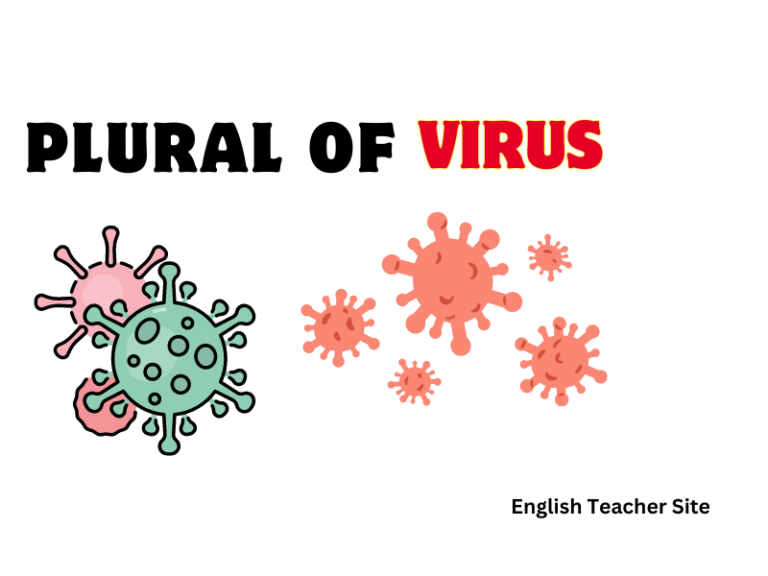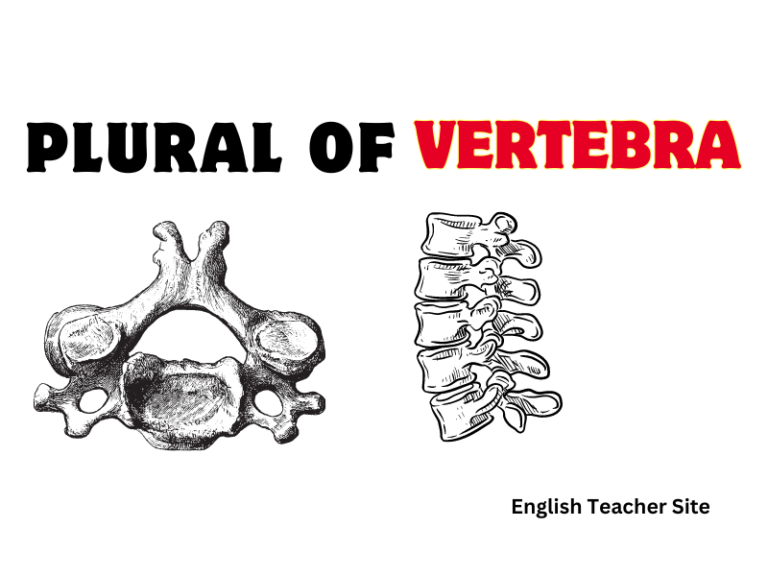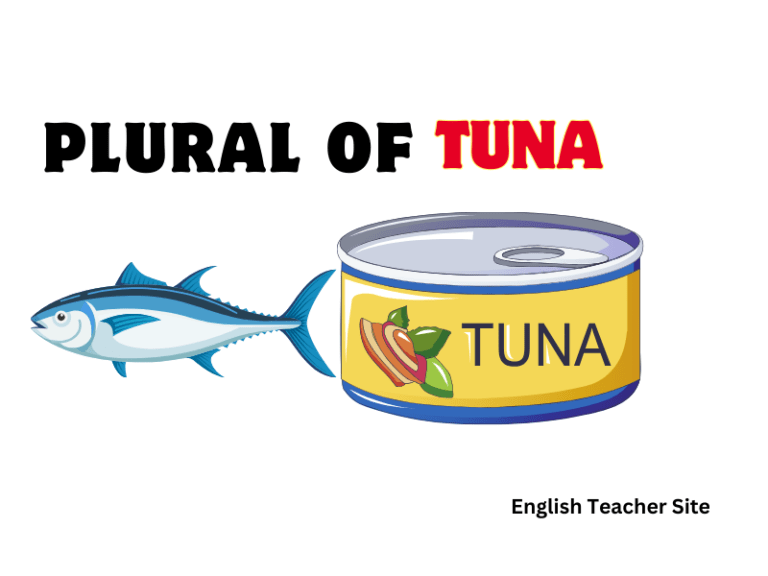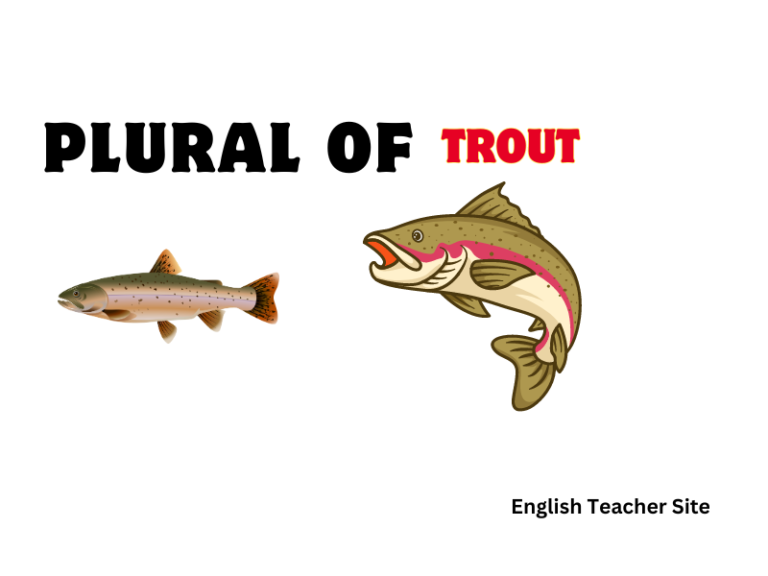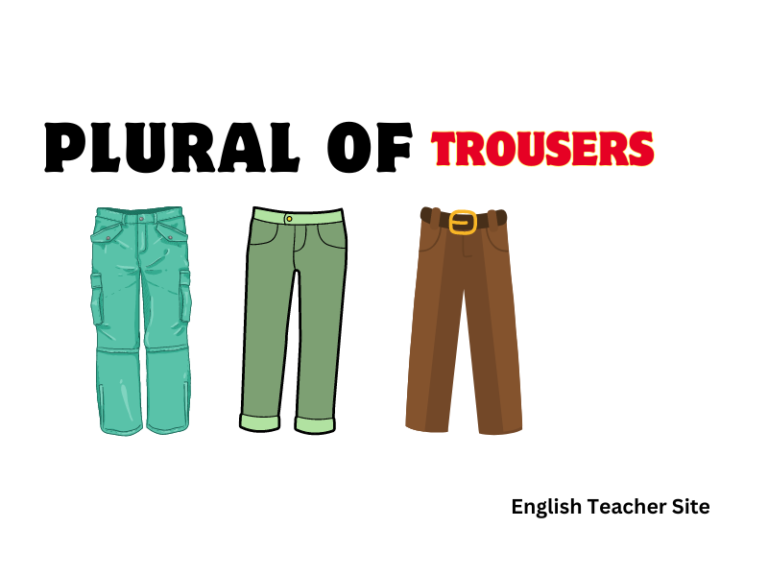What’s the Plural of Vortex: Understanding Multiple Swirling Phenomena
In discussing the term “vortex,” its plural can manifest in two accepted forms: “vortices,” holding true to its Latin roots, and “vortexes,” which aligns with the conventional English pluralization method. The singular form “vortex” refers to a situation or object that draws into its center everything that surrounds it, often used in the context of…




